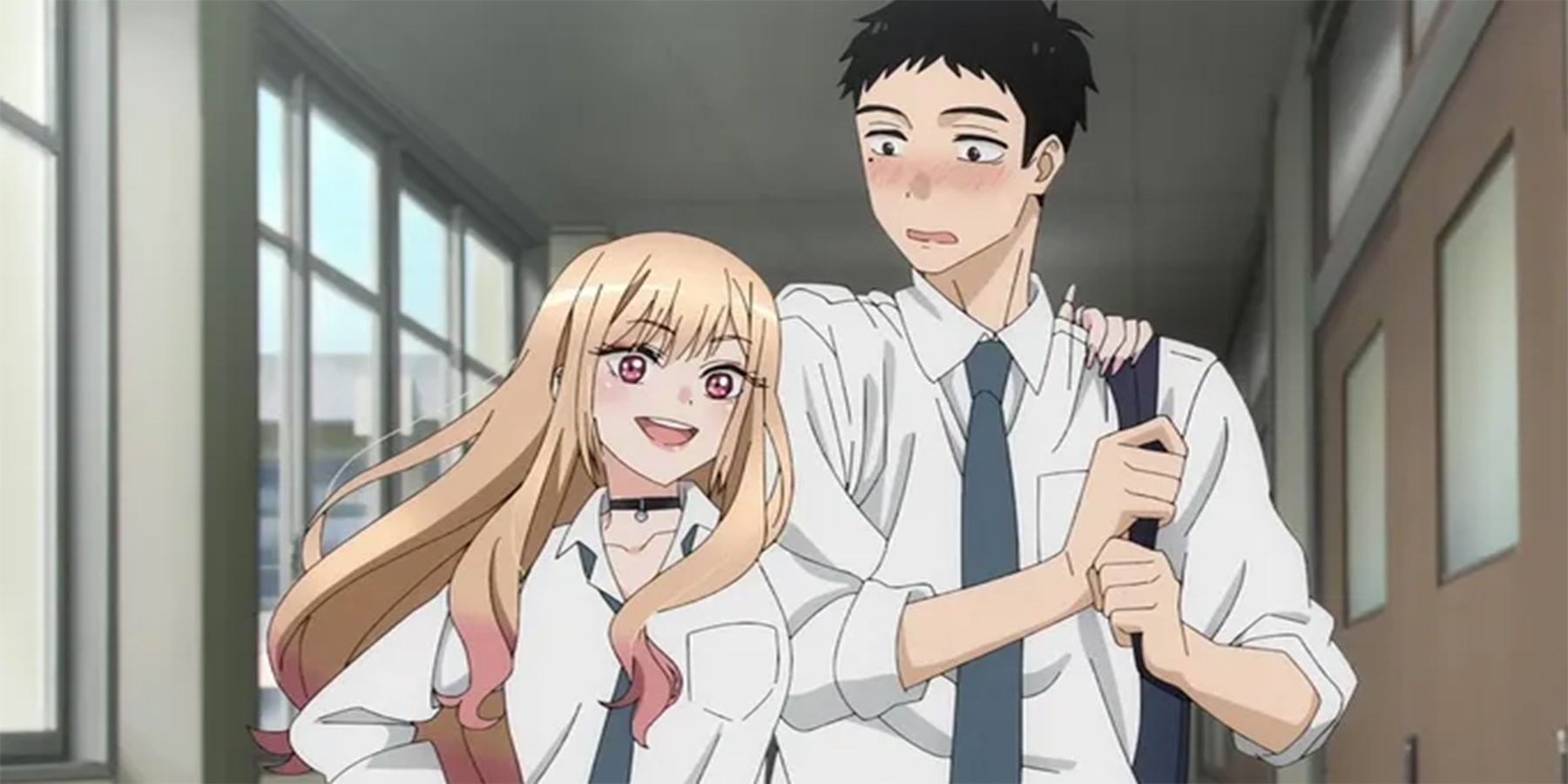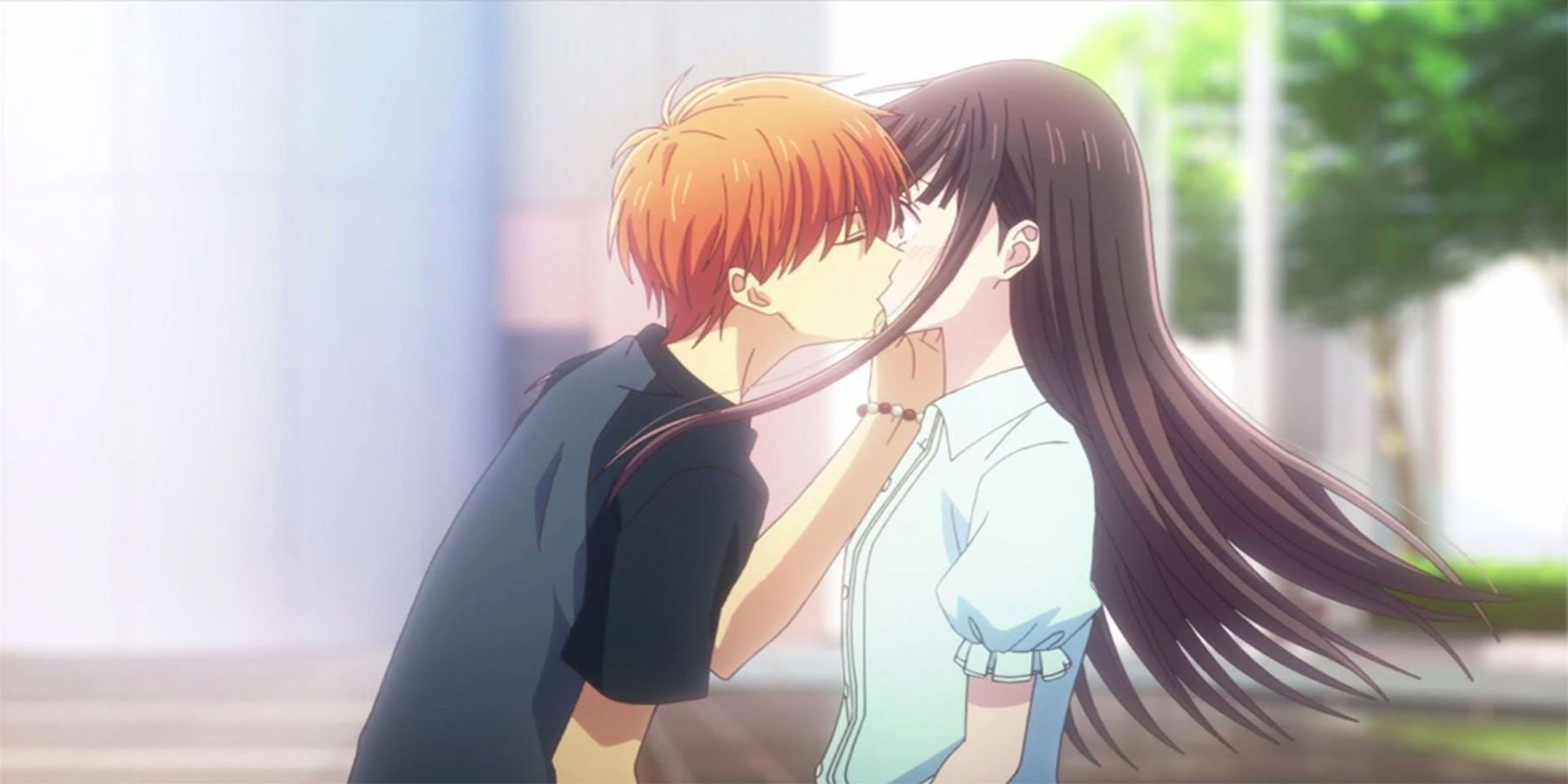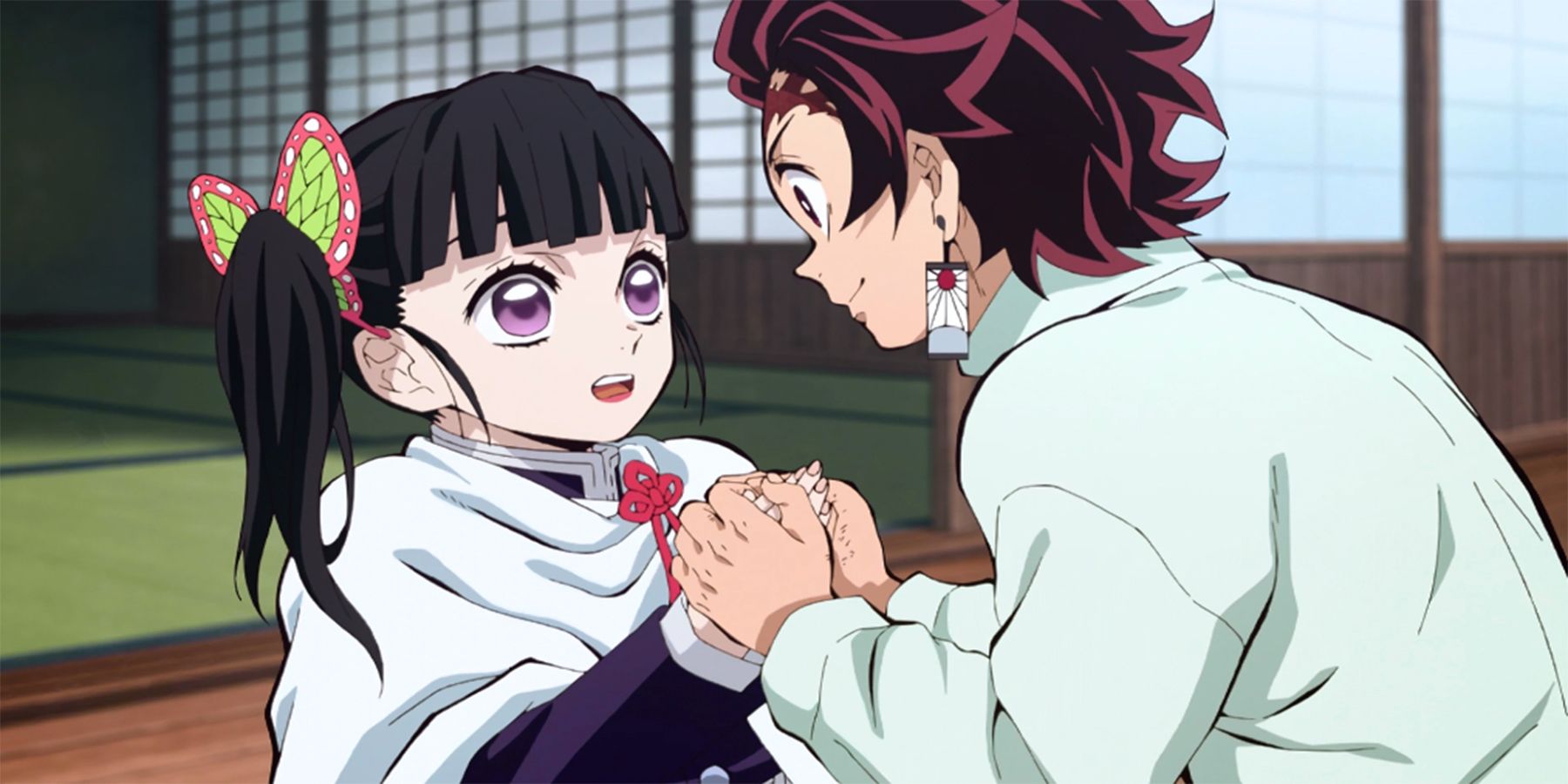When people think of shoujo and shounen, there are two very distinct concepts that come to mind. Shoujo has romance and drama, shounen has action and adventure. This doesn't speak for all manga and anime that are of each genre, though. Natsume's Book of Friends, a shoujo is far from a romantic drama, and Death Note, a shounen set its focus on telling a narrative about individual corruption. Over time, however, shoujo began to dwindle as shounen authors began to incorporate shoujo narratives. This arguably started in 2009 in the West, when Shojo Beat, a serialized magazine for shoujo readers was discontinued in favor of its brother magazine, Shonen Jump.
Nowadays, it's easy to see a manga or anime such as Komi Can't Communicate and mistake it for shoujo. This overlap doesn't necessarily mean a negative connotation, in fact, it could be seen as mangaka expanding their stories and content beyond just the "status quo".
Romance in the 2000s
The unpopular girl who's naive but sweet, might go unnoticed by the popular boy, but one day he asks her out. It's a dream come true! A protagonist any girl can project themselves onto. But sometimes he's hard to get, and she has to tame him. Maybe the first few times, it was enticing, but there's only so many times a male character can mistreat the protagonist until it gets frustrating. It's fiction, but it's not anyone's responsibility to "fix" another person.
Depending on the story and how the characters are written, it can be a good plot point. Fruits Basket has Kyo, who isn't particularly friendly towards anyone and is genuinely apologetic if he causes any harm to Tohru. Tohru is kind and genuine, but it also serves as a character flaw. Few and far in-between shoujo manga at this time didn't solely rely on a common trope. Fiction is indeed fiction, but representation is also important.
Another common trope was having a rivalry with another girl. Sometimes the male character lacked enough awareness to notice a red flag, and all the drama just became petty. Say I Love You had elements of this, but it was an experience the characters were able to grow from.
Shounen did as well, though it was mostly played for comedic effect. The storylines for the latter were usually just the underdog overcoming obstacles. But as time went on, romantic tensions and subplots increased over the course of their serializations. Around the 2010s, eventually there would be Darling in the Franxx and Sword Art Online that took shoujo norms and ran with it, intentional or not.
Love on the Battlefield in the 2010s and Onwards
Once the 2010s hit, we began to see a larger variety in shounen anime. Akame ga Kill and Future Diary had their primary focus on battle and survival, but the romantic subplots developed alongside them, and as time went on more women turned to shounen. This is partially because of two factors. One, the male protagonists were designed to look more bishounen; and two, female characters were no longer just one dimensional. There also came out shounen manga that focused solely on romance, such as Monthly Girl's Nozaki-kun and My Dress Up Darling!. While of the shounen genre, they became very popular with female readers.
But what makes them stand out? The "typical" shounen added "pretty boys" and "strong women" to their formula, but a romance is a whole other concept. Easy answer: it's more relatable. What girl hasn't had a massive crush on a guy only for him to not pick up the hints? Men's brains are more logic based and upfront, whereas women's are more analytical and read in-between the lines. So someone used to verbal communication will have a more difficult time understanding someone who uses non-verbal communication. In the moment, it can be frustrating but in a romantic comedy, it can be both be relatable and funny. Monthly Girl's Nozaki-kun knows this and uses it to its advantage.
My Dress Up Darling! has a similar theme. A girl is very passionate about her hobbies and is all around eccentric, extremely friendly and outgoing. Whereas there's the guy who's more of a "see where life takes me" kind of person. These personalities exist and so it's refreshing to see a romantic plot that has such a dynamic. There's no shame in being a laid back guy or being a motivated girl, there's lots of people like that - and with the increase of gender equality in Japan, it's more relatable because girls are now being encouraged to pursue their dreams.
The Shoujo Within The Shounen
Let's not be misled - shounen manga does not necessarily mean male authors. In fact, many of these manga that have made the shounen genre more popular are in fact written by women. At this point we could say that the term, "shounen" is more of a formality, as the female and male demographics begin to narrow. But there is no rule that says a male-targeted franchise can't be enjoyed by women and vice versa.



